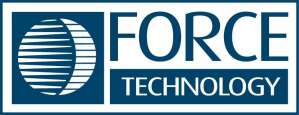Data security protects digital and physical data from unauthorised access and destruction. It is a requirement of every business as it ensures that personal information is accessible to authorized users and is secure, private, and intact. It also assists in preventing the loss of crucial information in the event of a cyberattack or a data breach. A good data protection program is a combination of tools that complies with these six key best practices:
Security and authentication are crucial to any data security strategy. Whether your data is at rest or in transit it is essential to ensure that only authorized users have access to access it with credentials (e.g., passwords, encryption keys) or other methods of identification, like multi-factor authentication (MFA), which requires the user to submit more than one type of proof.
The organization must be able to identify its application data, and understand the moment when sensitive data is in a particular state such as “at rest”, “in transit” or “in use”.
It can be difficult for organisations to keep records of sensitive information as data collection grows. This is why it’s crucial to follow the principle of least privilege, which stipulates that users should be provided with only the information they need for their job. By limiting permissions down to the minimum, you can improve your overall security and reduce bandwidth and storage costs. The policy for data usage must also specify the way data is utilized and the consequences for any policy violations.









